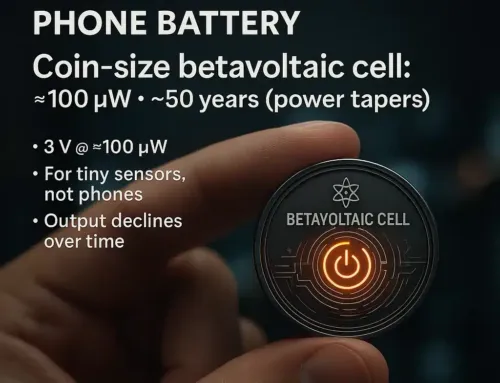
Approx. read time: 3.6 min.
Post: ZPMC’s Cybersecurity Risk at U.S. Ports Explained
In the swirling whirlwind of global trade and cybersecurity concerns, a giant stands accused but defiant. Shanghai Zhenhua Heavy Industries (ZPMC), a leading Chinese crane manufacturer, is at the heart of a controversy that touches on the sensitive nerves of national security and international commerce. Congress is raising alarm bells over the potential cybersecurity threats posed by ZPMC’s ship-to-shore (STS) cranes operating in U.S. ports, stirring a potent brew of suspicion and geopolitical tension.
But ZPMC is not standing silent. Pushing back against these weighty accusations, the firm asserts that its cranes, integral to the bustling activity at American ports, are not Trojan horses of cyber espionage but rather benign giants of trade. The question then arises: Are these towering structures, so vital for moving the world’s goods, also conduits for cyber infiltration, or is this storm more smoke than fire?
The Roots of Suspicion
The drama unfolds with Congress pointing a finger at ZPMC, suggesting that its cranes could serve as backdoors for cyber espionage. This is no minor accusation; it’s a storyline fit for a spy novel, where technology intertwines with international intrigue. The House Select Committee on the Strategic Competition between the U.S. and the Chinese Communist Party, alongside the House Homeland Security, are the protagonists in this tale, probing into ZPMC’s operations with a keen eye for any hint of cybersecurity compromise.
According to lawmakers, the concern is not just theoretical. Components that seem superfluous to the cranes’ operation have been discovered, hinting at possible hidden functions. A particularly eyebrow-raising discovery by the FBI in 2021 involved intelligence-gathering equipment on a vessel delivering ZPMC cranes to the Port of Baltimore. If this were a chess game, such moves would certainly put the U.S. on check, prompting a closer examination of the pieces in play.
ZPMC’s Countermove
Facing such grave concerns head-on, ZPMC has not retreated into silence. Instead, the company has launched a defense as robust as the steel of its cranes. ZPMC’s statement emphasizes a commitment to addressing U.S. concerns seriously while cautioning against the misinterpretation of its intentions and capabilities. The cranes, ZPMC argues, are not cloaked devices of espionage but tools designed solely for the economic activity of lifting and moving cargo.
The Tangled Web of Global Commerce and Security
This controversy does not exist in a vacuum. ZPMC’s cranes dominate the U.S. landscape, accounting for nearly 80 percent of the STS cranes at maritime ports. Such a significant footprint inevitably casts a long shadow, one that lawmakers fear could conceal risks to national security. The proximity of ZPMC’s manufacturing facilities to key military assets of the People’s Liberation Army Navy only adds layers to the already complex fabric of this narrative.
Moreover, the involvement of Swiss engineering group ABB, which supplies equipment for ZPMC’s cranes, introduces another dimension to the saga. The requests for remote access to the cranes by ZPMC and ABB have raised eyebrows, weaving a narrative of suspicion and caution that spans continents and industries.
Navigating the Storm
As this tale of technology, trade, and tension continues to unfold, the truth remains elusive, obscured by the fog of geopolitical rivalry and the intricate dance of international commerce. ZPMC’s staunch denial and the congressional investigation are but chapters in a larger story of how nations navigate the murky waters of cybersecurity and global trade.
The implications extend beyond the immediate actors, touching on broader themes of trust, transparency, and the quest for a balance between open economic engagement and the imperatives of national security. In this high-stakes game, the pieces are still in motion, and the endgame is yet to be seen.
Is ZPMC’s presence in U.S. ports a boon for trade or a bane for security? As with many questions of great complexity, the answer may not be black or white but shaded in the nuanced grays of the 21st-century geopolitical landscape.
This exploration barely scratches the surface of the swirling currents of technology, trade, and tension. What do you think? Are the security concerns justified, or is this a case of misunderstanding and misplaced fear? The ports continue to operate, the cranes continue to lift, but beneath the surface, the waters are anything but calm.
What are your thoughts on this complex issue?








